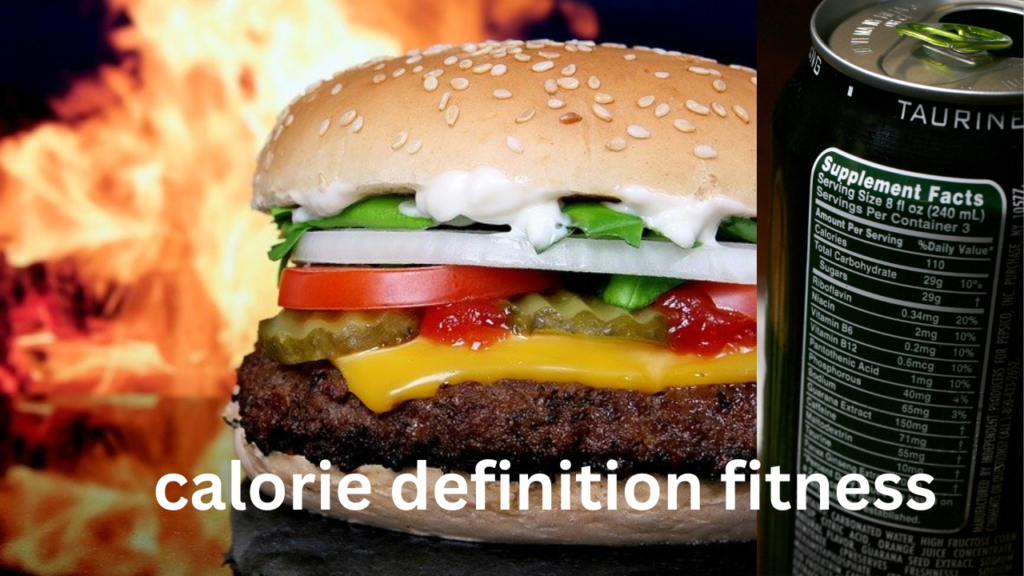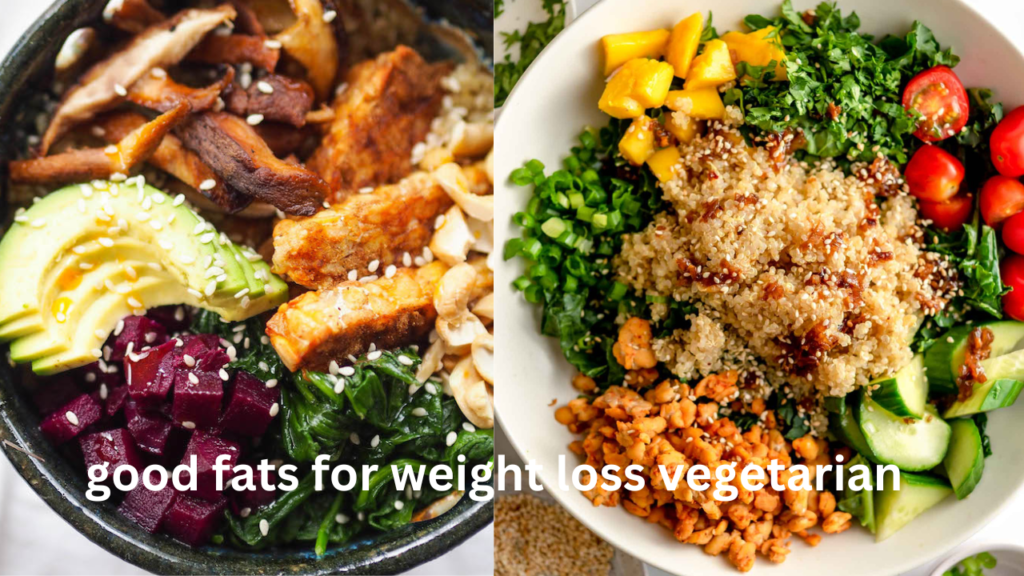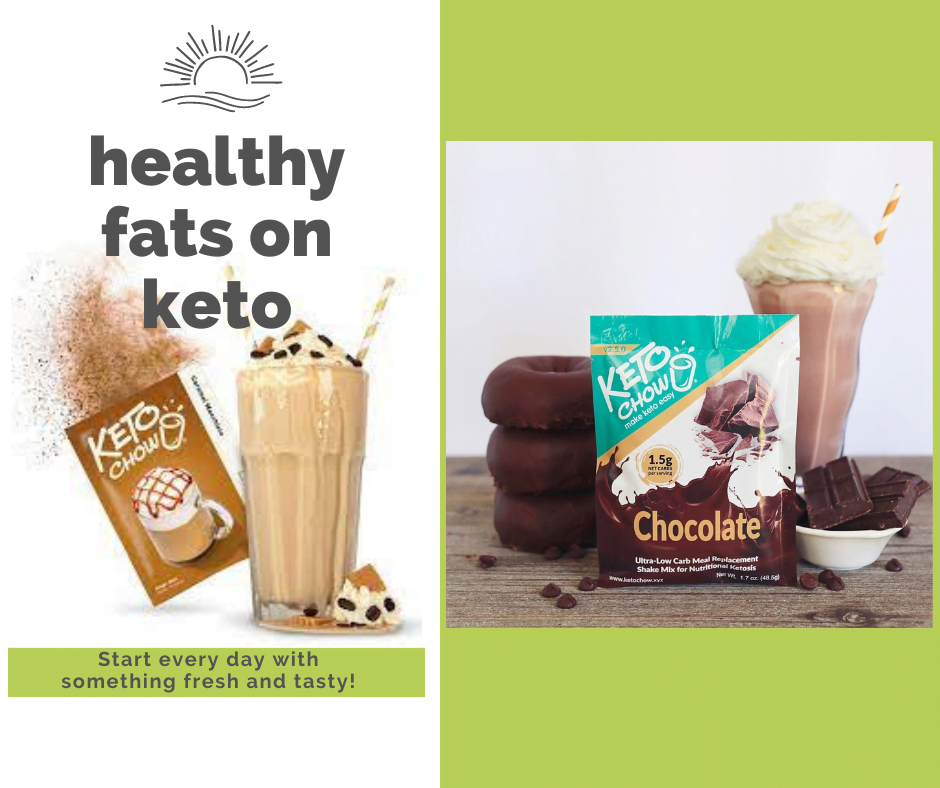A calorie is a unit of energy. In nutrients, calories confer with the power human beings get from the food and drinks they consume and the strength they use in physical interest. calorie definition fitness
Calories keep your body fueled and functioning well; however, what precisely is a calorie and what number of do you actually need?

calories are undeniably stated anywhere you turn—from meals labels to eating place menus, recipe blogs, food tracking programs or even information headlines. all the speak approximately calories can also have you ever wondering why they’re so crucial. higher but,
What precisely are energy, and the way do they work? Or perhaps you’ve got a fashionable know-how of what a calorie is; however, you’re uncertain of how many you ought to consume in a single day. Wherever you stand in your information of calories, you’ll learn more here.
In this text, we will cover everything you need to know about energy and their importance for preserving a healthy life.
What are calories?

The amount of power in food can be measured in energy. The quantity of heat required to elevate the temperature of 1.3 grams of water via 1.5 ranges celsius is one calorie. A kilocalorie, that is equal to at least 1000 energy, is what’s stated as a calorie on meals labels.
It is defined via nutritionists as the strength used in physical sports and the strength acquired from ingesting. Energy are listed within the dietary statistics segment of every packaged food
item. In state-of-the-art international, calories aren’t as terrible as people say they may be. Rather, you could only gain from their health advantages if you devour them in enough quantities.
Energy offers us the strength we need to transport around, preserve heat, increase, paint, suppose, and play. Even our digestion and blood circulation require power from calories to function nicely. Age, whether or not we’re looking to lose weight, how lively we’re,
and a number of different factors have an effect on how many calories we need day by day. With the intention to get a higher knowledge of energy and the importance of them, we will be looking at the most recent studies and talking with skilled nutritionists in this article.
How Many Calories Do You Need?

In keeping with the 2020-2025 dietary guidelines for Americans, the overall amount of energy an elderly person 18 to 60 requires every day stages from 1,500 to 3,000 kcal. more particularly, grownup women require about 1,600 to 2,500 kcal in line with day, while adult males want
around 2,000 to 3,000 kcal consistent with day. Of the overall energy fed on, 43% to 66% have to come from carbohydrates, 25% to 30% from fat and 12% to 35% from protein. To decide your individualized caloric wishes, it is critical to recall the subsequent elements.
Sundry needs an identical wide variety of energy each day. People have extraordinary metabolisms that burn energy at extraordinary rates, and some human beings have a more energetic existence than others.
The advocated consumption of energy in step with day relies upon on numerous factors, which includes:
- overall general health
- bodily pastime needs
- sex
- weight
- height
- body form
How do you calculate your calorie needs?
One way to estimate your calorie needs is to use a formulation primarily based on your BMR and activity stage. The maximum commonplace formulation is the Harris-Benedict
equation, which takes into consideration your BMR and pastime level to estimate your everyday calorie desires. right here’s a way to use the formulation:
For men: BMR = 87.38 + (13.2 x weight in kg) + (4.5x top in cm) – (6 x age in years)
For women: BMR = 448 + (9.5x weight in kg) + (3.4x top in cm) – (4.5 x age in years)
After you’ve calculated your BMR, you may use the following interest multipliers to estimate your day-by-day calorie needs:
This table will help you understand how your calorie needs are calculated
| Activity Level | Caloric Requirement (BMR Multiplier) |
| Sedentary (little to no workout) | BMR x 1.3 |
| lightly lively (1-3 days of exercise per week) | BMR x 1.374 |
| fairly active (3-5 days of exercise in step with week) | BMR x 1.53 |
| Very active (6-7 days of exercising in line with week) | BMR x 1.728 |
| extremely lively (very intense workout or sports activities training, physical task) | BMR x 2.0 |
Understanding Calories in Food?

Fat, carbohydrates, and proteins make up the categories for calories in food. Exceptional nutrients have a better or decrease calorie density (extra or much fewer calories packed into the equal weight) depending on the nutrient.
Similarly to managing your calorie consumption, it’s crucial to make healthy meal alternatives. Pick foods which may be nutrient-dense and provide quite a number
Here’s how many calories are in nutrient-dense healthy foods
| Food Type | Calories (per serving) |
| 1 medium apple | 94.2 kcal. |
| 1 slice whole wheat bread | 69.3 kcal |
| 1 big egg | 70.8 kcal |
| 1 cup cooked quinoa | 221.5 kcal. |
| One ounce of almonds has | 160.7 kcal. |
| 1 cup broccoli (steamed) | 54 kcal. |
| 1 tablespoon olive oil | 119.5kcal. |
To help understand how food selections can affect what number of calories they devour, this table affords examples of commonplace meals and their calorie content material.
nutrients, minerals, and antioxidants. Purpose to eat a selection of meals from all food companies, along with healthy fat, vegetables, whole grains, lean proteins, and healthy fat.
Nutrient-dense meals
A few examples of nutrient-dense foods consist of:
Carbohydrates :
Of the 3 macronutrients that provide power, carbohydrates often get a terrible rap. But, even as you devour carbohydrates, your digestive tract breaks them down right into a sugar called glucose—pink blood cells supply for your brain, purple blood cells and frightened machine.
Relying on the range of sugar molecules they encompass, carbohydrates may be categorized as both easy and complicated. Smooth carbs determined in desk sugar and fruit juice can be without trouble damaged down and applied as energy; however, they can also
motive a fast rise in blood sugar. Simple carbs also are found in complete fruits. However, due to the truth that complete fruit is full of nutritional fiber, the sugars are broken down more slowly. Complex carbs determined in unrefined whole grains, legumes and greens also are
broken down greater slowly—providing longer-lasting calories. For every gram of carbohydrate fed on, four kcal of energy are produced.
Wholesome fat:
Those encompass nuts, seeds, avocados, and olive oil, which provide essential vitamins E, which includes omega-3 fatty acids and diet .
Protein:
Regardless of the reality that calories can be received from protein, the body prefers to apply this macronutrient to repair tissues, synthesize immune-defensive antibodies, create enzymes, produce hormones, balance pH, and deliver vitamins in and out of your cells.
Because of this, protein is rarely used as an energy supply. With a view to reserve protein for its primary features, carbohydrates and fat are used as fuel first. Consequently,
Eating desirable enough quantities of carbohydrates and fats is important to spare protein from being transformed into calories, in keeping with the UC Davis library.
But if the body isn’t always receiving a sufficient deliver of power from carbohydrates and fats, protein can be damaged all of the way down to provide 4 kcal consistent with gram consumed. Protein-rich foods encompass meat, eggs, dairy, legumes, nuts, and seeds.
What are empty calories?

Empty calories are those that provide energy but very little nutritional value. The elements of meals that offer empty energy incorporate absolutely no nutritional fiber, amino acids, antioxidants, nutritional minerals, or vitamins.
The subsequent foods are examples of empty-calorie ingredients:
Hear List……….
ice cream, Sugary beverages, along with sodas, energy drinks, and fruit juices
cheese, desserts, cookies, donuts, truffles, and other carb-heavy desserts and snacks
candies, sweets, and sweet bars
Processed meats, which includes Viscount St. Albans and sausages
Conditions and sauces, together with ketchup and mayonnaise
fast meals and junk meals, along with pizza, burgers, and French fries
strong fats, along with butter and shortening .
Sugar-sweetened drinks are the number one supply of energy inside the American weight loss program and account for approximately half of of all brought sugars that people devour.
most American don’t have much room of their diets for a completely nutrient-void beverage. One latest take a look at showed that drinking a couple of sugar-sweetened beverage a day will increase your risk of high blood pressure.
It’s higher if you may keep away from them altogether and rather consume water, fat-free or 1 percent fat milk, a hundred percent fruit juice, and coffee-sodium vegetable juices.”
The intake of empty energy can be prevented or dramatically reduced with the aid of incorporating fresh, wholesome food and drinks into the weight-reduction plan.
Conclusion
A not unusual unit of measurement called a calorie is used to measure the energy this is launched whilst meals is damaged down. Calories are crucial for fueling the numerous metabolic tactics that keep you alive. To make certain that your body is nicely fueled and
performing at its best, you have to therefore fulfill your day-by-day calorie requirements and eat meals high in vitamins. Age, weight, body composition, stage of bodily activity, sex, medical condition, and hormone status all play a sizable role for your person’s caloric
necessities. Counting energy assist you to keep music of the way tons power you use. however, assessing meals satisfactory and basic dietary patterns is simply as beneficial for managing dietary intake.




